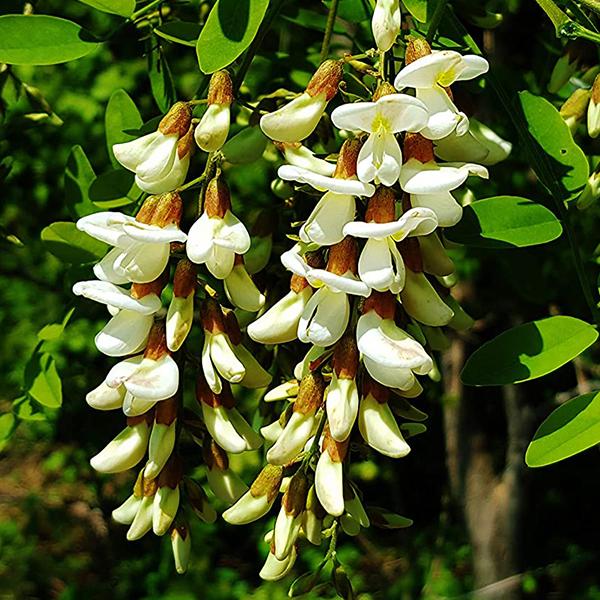
Robinia Pseudoacacia, Black Locust - 0.5 kg Seeds
(MRP Inclusive of all taxes)
- Shipping ₹79 for entire order
- Dispatch in 2-3 weeks
- Country of origin: India

(MRP Inclusive of all taxes)
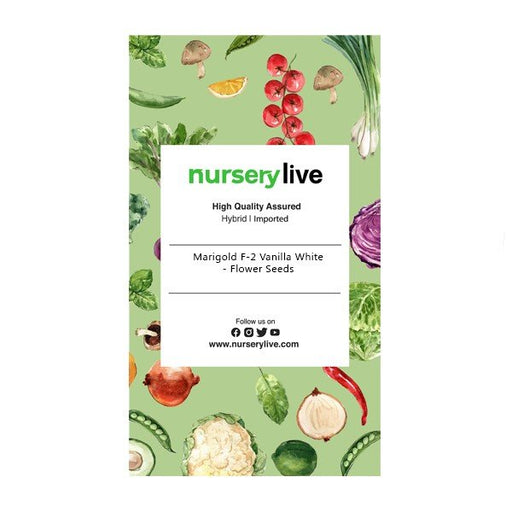
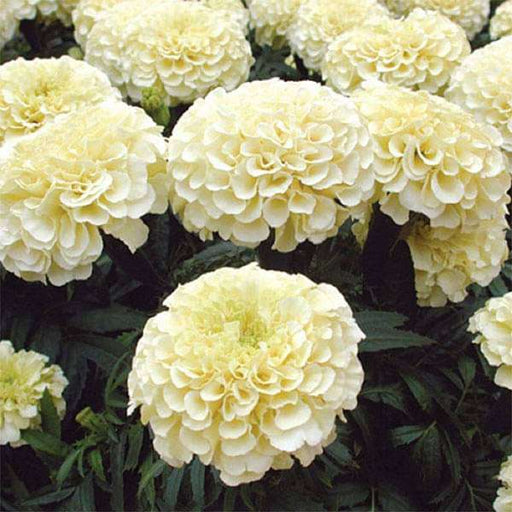 Save 35%
Save 35%
Marigold F-2 Vanilla White - Flower Seeds Introducing the Marigold F-2 Vanilla White flower seeds, a stunning addition to any garden. Know...
View full details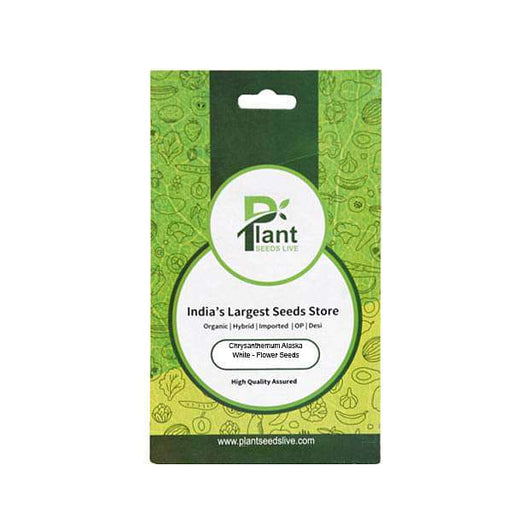
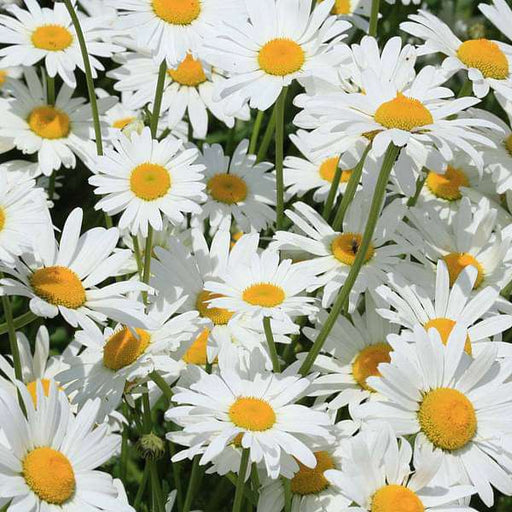 Save 35%
Save 35%
Chrysanthemum Alaska White - Flower Seeds Discover the beauty of the Chrysanthemum Alaska White, a stunning flower that brings elegance an...
View full details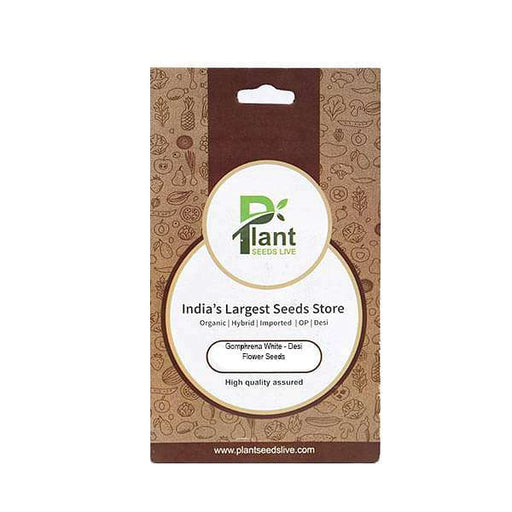
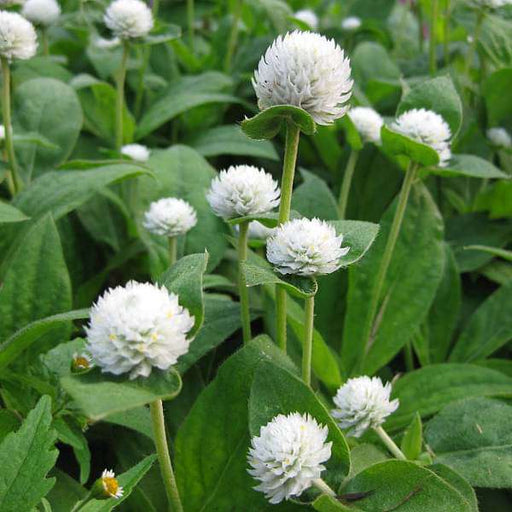 Save 25%
Save 25%
Gomphrena White - Desi Flower Seeds Discover the beauty of Gomphrena White, a stunning addition to any garden. Known for its striking whit...
View full details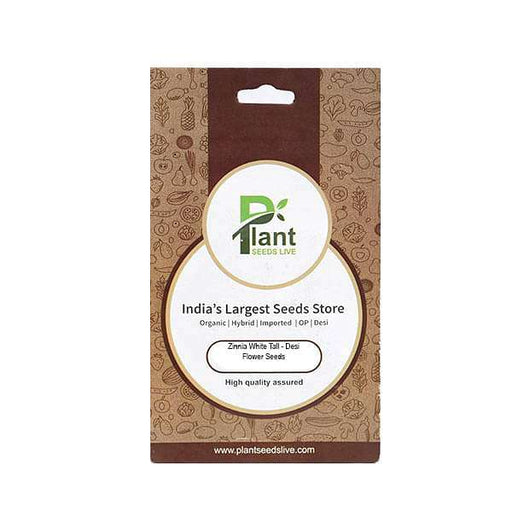
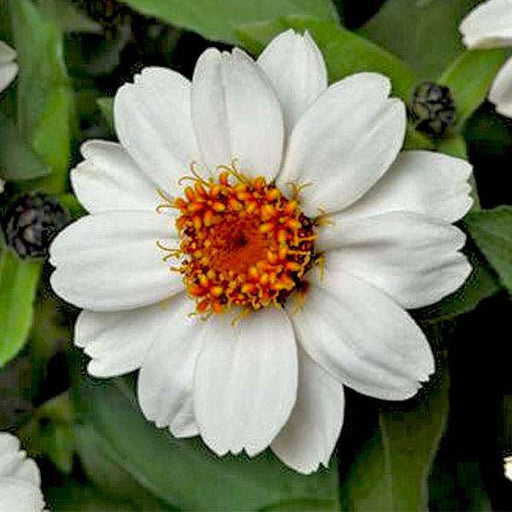 Save 25%
Save 25%
Zinnia White Tall - Desi Flower Seeds Transform your garden into a stunning floral display with Zinnia White Tall - Desi Flower Seeds. Kno...
View full details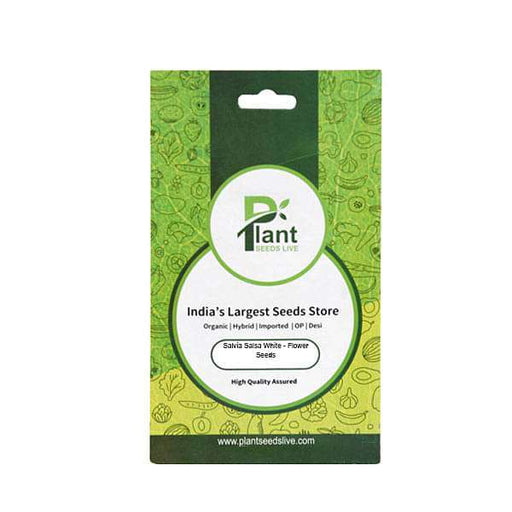
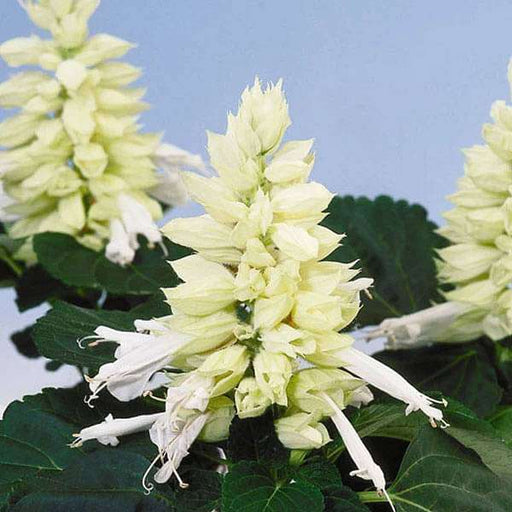 Save 35%
Save 35%
Salvia Salsa White - Flower Seeds Transform your garden into a stunning display of elegance with Salvia Salsa White flower seeds. This per...
View full details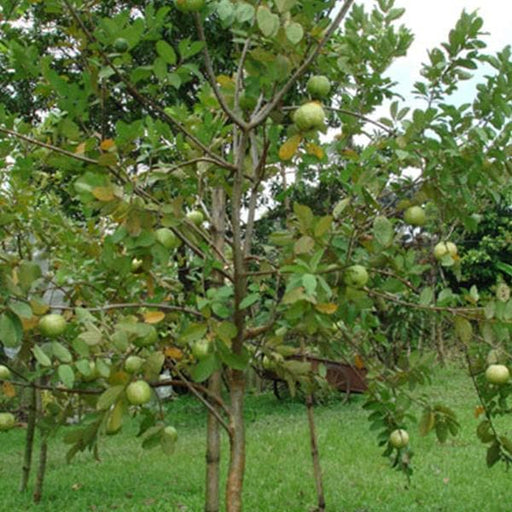
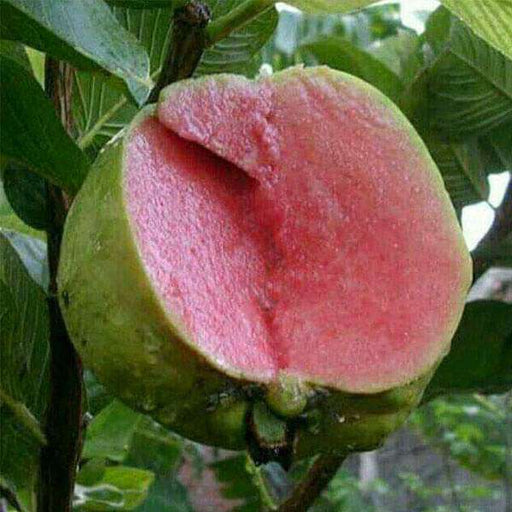 Save 15%
Save 15%
Guava, Amrud Allahabadi - 0.5 kg Seeds Discover the delightful taste of Amrud Allahabadi, a premium variety of guava known for its sweet, ...
View full details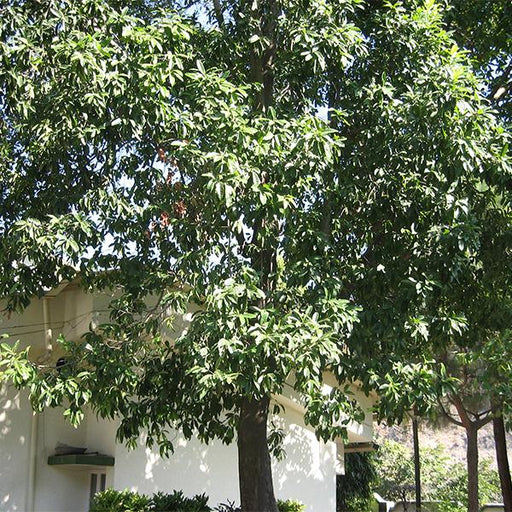
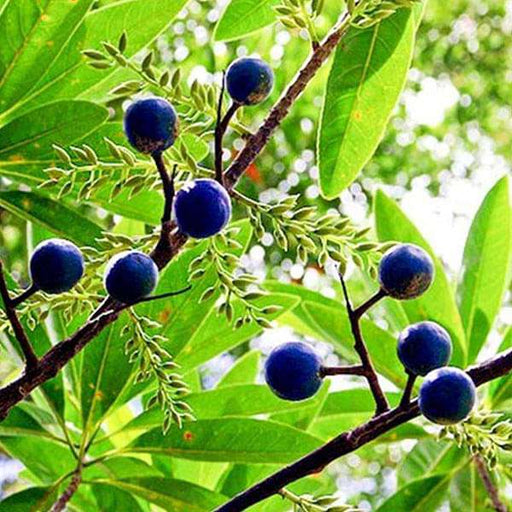 Save 15%
Save 15%
Elaeocarpus Ganitrus, Rudraksha - 0.5 kg Seeds Discover the mystical charm of Elaeocarpus Ganitrus, commonly known as Rudraksha. These sac...
View full details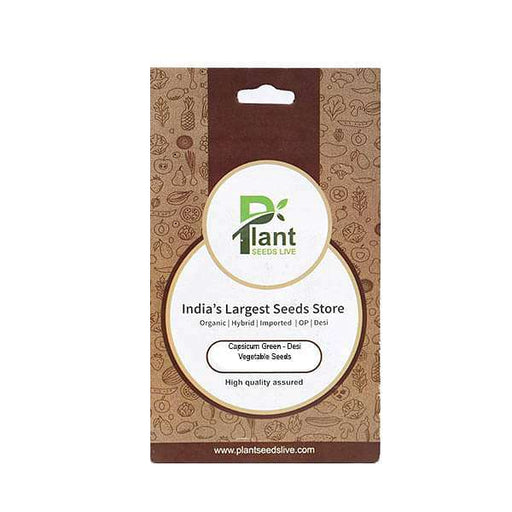
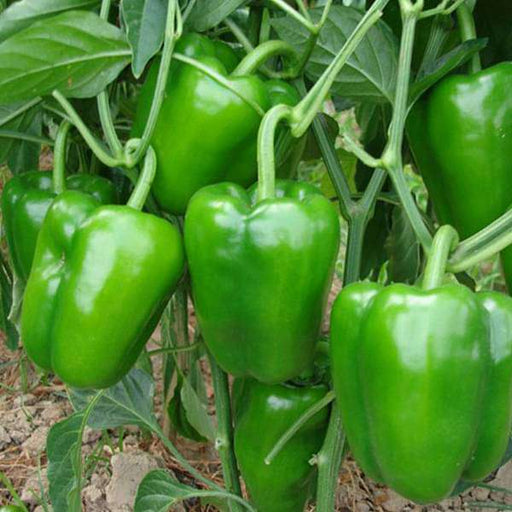 Sold out
Sold out
Capsicum Green - Desi Vegetable Seeds Capsicum Green, also known as bell pepper, is a vibrant and nutritious addition to your garden. Thes...
View full details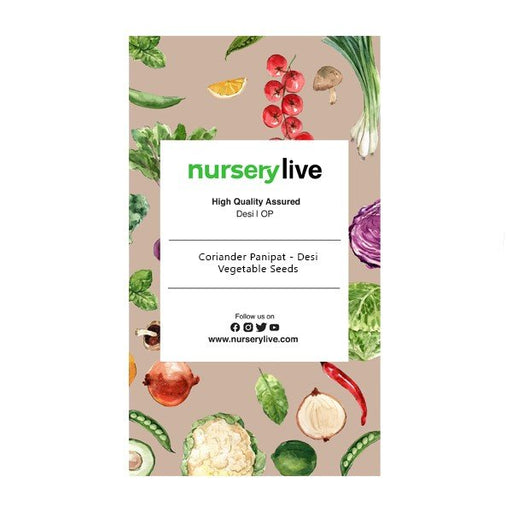
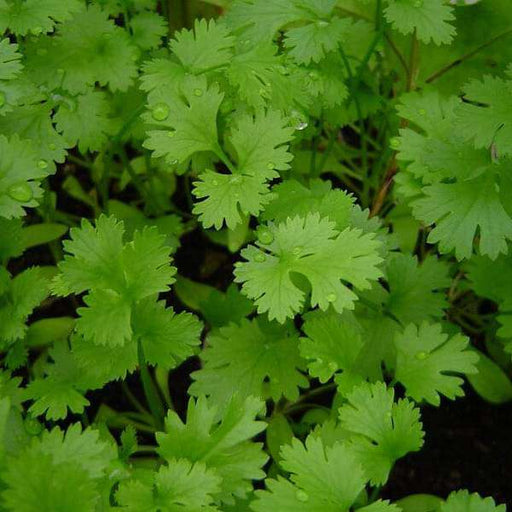 Save 25%
Save 25%
Coriander Panipat - Desi Vegetable Seeds Coriander Panipat is a premium variety of coriander seeds, cherished for its aromatic leaves and ...
View full details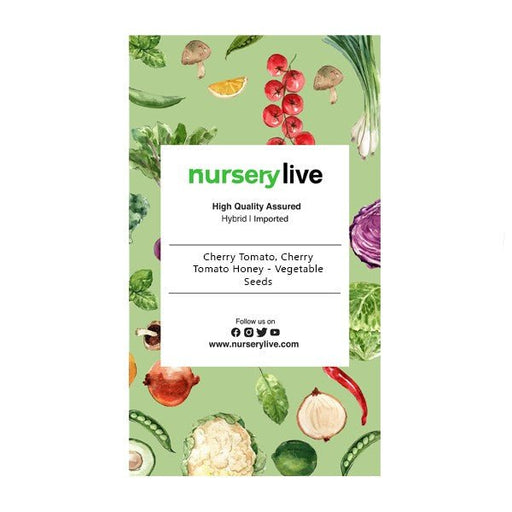
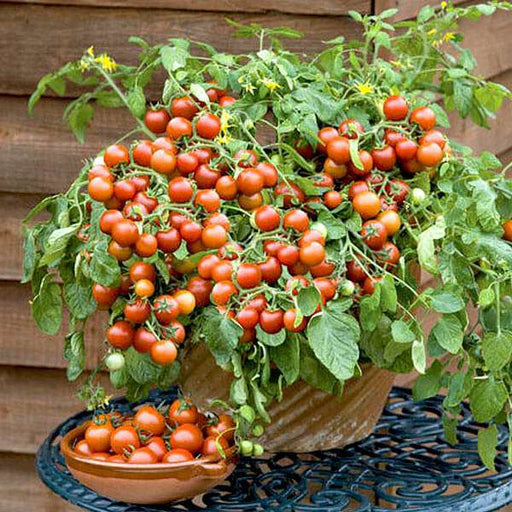 Sold out
Sold out
Cherry Tomato, Cherry Tomato Honey - Vegetable Seeds Discover the delightful world of Cherry Tomato Honey seeds, perfect for home gardener...
View full details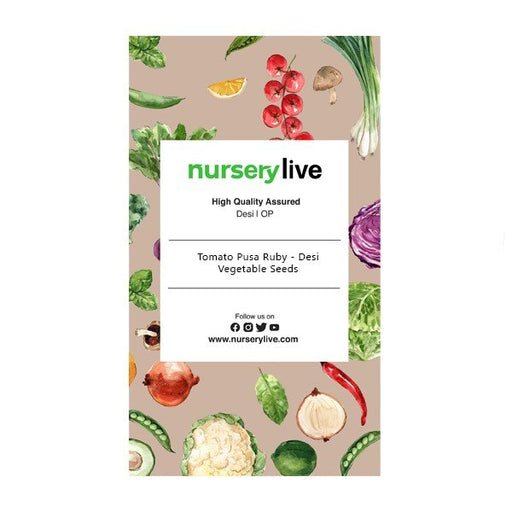
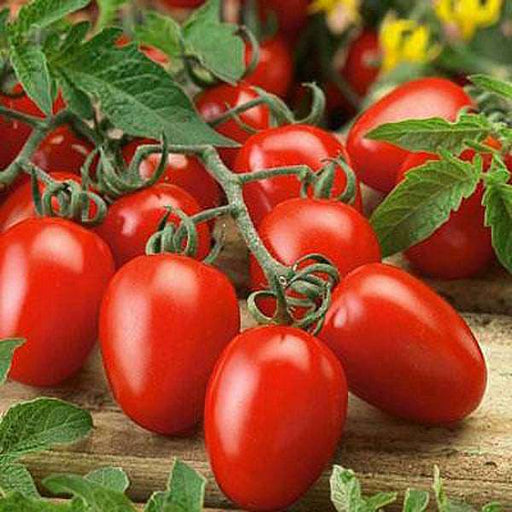 Sold out
Sold out
Tomato Pusa Ruby - Desi Vegetable Seeds The Tomato Pusa Ruby is a premium variety of tomato seeds, renowned for its vibrant red color, jui...
View full details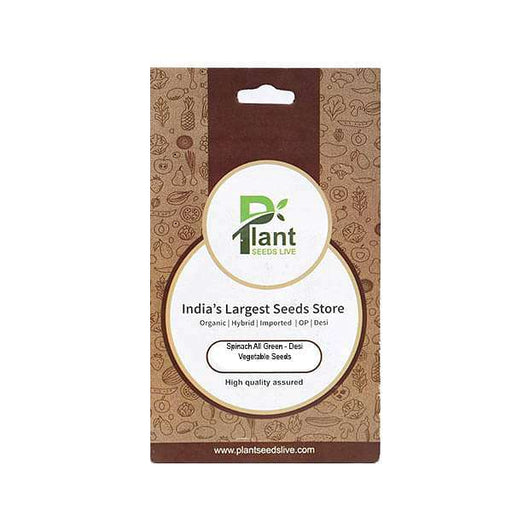
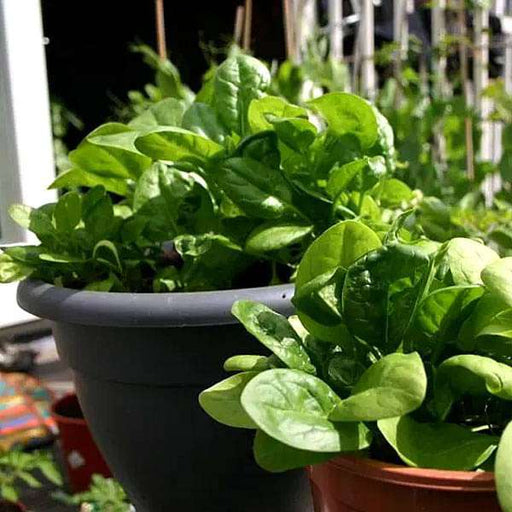 Save 25%
Save 25%
Spinach All Green - Desi Vegetable Seeds Introducing the Spinach All Green - Desi Vegetable Seeds, a premium variety of spinach that thriv...
View full details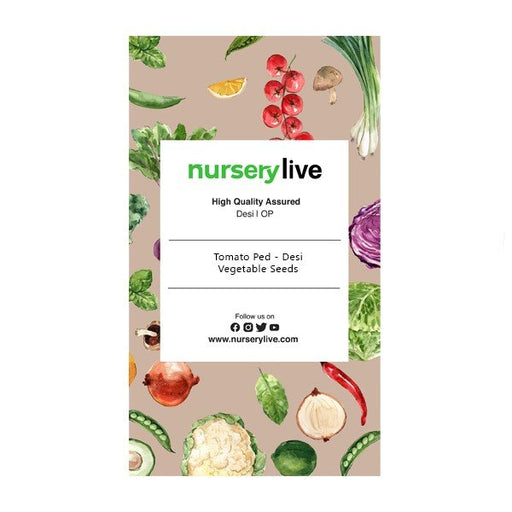
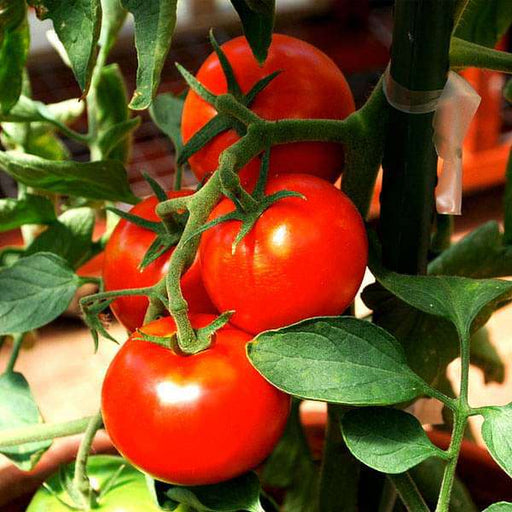 Save 25%
Save 25%
Tomato Ped - Desi Vegetable Seeds Introducing the Tomato Ped - Desi Vegetable Seeds, a premium selection of heirloom tomato seeds that pro...
View full details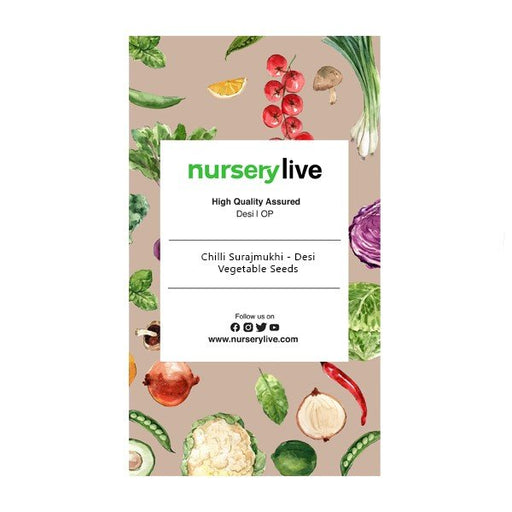
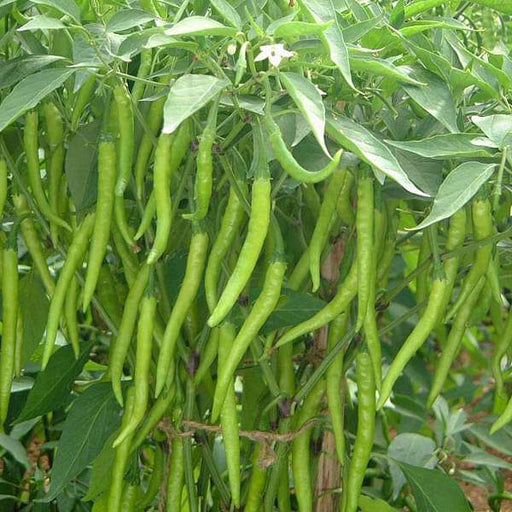 Save 25%
Save 25%
Chilli Surajmukhi - Desi Vegetable Seeds Introducing the Chilli Surajmukhi, a unique variety of desi vegetable seeds that brings a burst o...
View full details
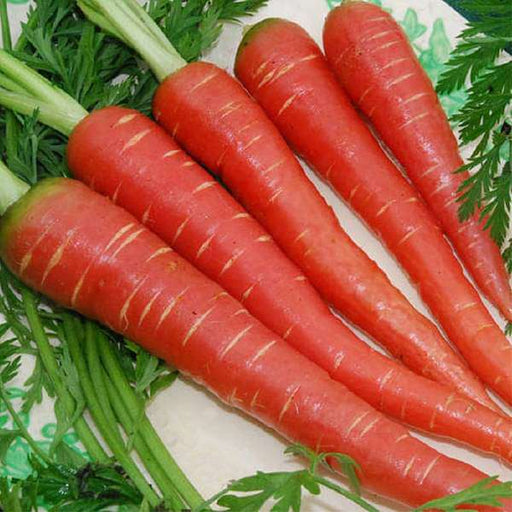 Save 25%
Save 25%
Carrot Red Long - Desi Vegetable Seeds Introducing the Carrot Red Long - Desi Vegetable Seeds, a premium variety known for its vibrant col...
View full details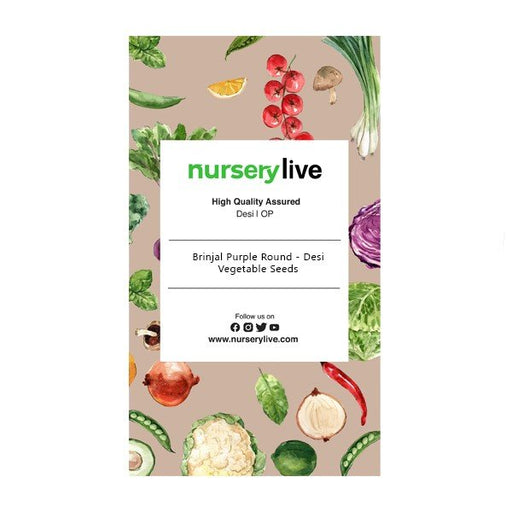
 Save 25%
Save 25%
Brinjal Purple Round - Desi Vegetable Seeds Discover the rich flavors and vibrant colors of Brinjal Purple Round, a staple in Indian cuisi...
View full details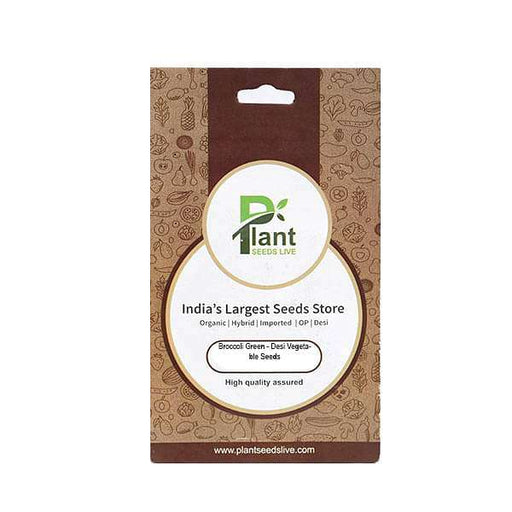
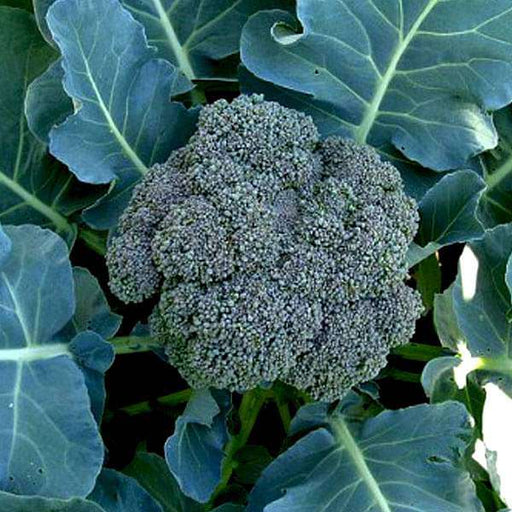 Save 25%
Save 25%
Broccoli Green - Desi Vegetable Seeds Discover the vibrant world of Broccoli Green with our premium Desi Vegetable Seeds. Known for its ri...
View full details
 Save 35%
Save 35%
Best 6 Plants for Perfect Indoor Garden Transform your living space into a lush oasis with our curated collection of the Best 6 Plants for a...
View full details
 Save up to 50%
Save up to 50%
Mini Succulent Garden Pack Transform your space with our Mini Succulent Garden Pack, featuring a delightful collection of 4 any variety beautiful s...
View full details
 Save 30%
Save 30%
5 Best Fragrant Plants Transform your garden or indoor space into a fragrant paradise with our curated selection of the 5 Best Fragrant Plants. Th...
View full details
 Save 24%
Save 24%
Set of 2 Bonsai Looking Grafted Adeniums Transform your indoor or outdoor space with our exquisite Set of 2 Bonsai Looking Grafted Adenium...
View full details Save 45%
Save 45%
Top 4 Die Hard Succulents Pack Transform your indoor or outdoor space with our Top 4 Die Hard Succulents Pack, featuring a curated selecti...
View full details
 Save 30%
Save 30%
5 Best Indoor Plants Pack Transform your living space into a lush oasis with our '5 Best Indoor Plants Pack.' This carefully curated collection fe...
View full details
 Save 25%
Save 25%
Set of 4 Evergreen Air Purifier Plant Pack Transform your indoor space into a lush, green oasis with our Set of 4 Evergreen Air Purifier Pla...
View full details| SrNo | Item Name |
|---|---|
| 1 | Robinia Pseudoacacia, Black Locust - 0.5 kg Seeds |
Discover the beauty and resilience of the Black Locust (Robinia Pseudoacacia), a remarkable tree native to North America. Known for its stunning fragrant white flowers and durable wood, this species is not only aesthetically pleasing but also plays a vital role in soil improvement and erosion control. With 0.5 kg of high-quality seeds, you can cultivate a thriving ecosystem in your garden or landscape.
The Black Locust is celebrated for its rapid growth and adaptability to various soil types, making it an excellent choice for reforestation and landscaping. Its nitrogen-fixing properties enhance soil fertility, promoting healthier plant growth in surrounding areas. This tree is also a favorite among pollinators, attracting bees and butterflies with its abundant blooms.
Black Locust wood is renowned for its strength and resistance to decay, making it ideal for outdoor furniture, fencing, and flooring. Additionally, its ability to thrive in poor soils and withstand drought conditions makes it a sustainable choice for environmentally conscious gardeners.
Robinia Pseudoacacia plays a crucial role in improving soil health and preventing erosion. Its nitrogen-fixing ability enriches the soil, making it a valuable addition to any ecosystem. By planting Black Locust, you contribute to biodiversity and support local wildlife, creating a thriving habitat for various species.
If you’re looking for a tree that’s as versatile as a Swiss Army knife, look no further than the Robinia Pseudoacacia, or as the cool kids call it, the Black Locust. This tree is not just a pretty face; it’s a powerhouse of benefits. From nitrogen-fixing abilities that make your soil sing to its stunningly fragrant flowers that attract pollinators like bees and butterflies, this tree is the ultimate multitasker. Plus, its durable wood is perfect for everything from furniture to fence posts. Who knew a tree could be so useful?
If you’re impatient for instant shade, the Black Locust is your new best friend. This tree has a growth rate that could make a cheetah jealous, reaching heights of up to 50 feet in just a few years. It’s like the overachiever of the tree world, sprouting leaves faster than you can say “photosynthesis.” Just plant it, water it, and watch it soar—no magic wand required!
Caring for your Robinia Pseudoacacia is easier than pie—if pie were made of sunshine and a little water. This tree thrives in a variety of soil types and is drought-resistant, making it the low-maintenance diva of the garden. Just give it a sunny spot and a bit of room to grow, and it’ll reward you with lush foliage and beautiful blooms. No green thumb? No problem! This tree practically takes care of itself.
When it comes to wood, the Black Locust is like the rock star of the lumber world. Its dense, durable wood is resistant to rot and pests, making it ideal for outdoor furniture, decking, and even fence posts. It’s the kind of wood that laughs in the face of weather and wear. So, if you’re looking to build something that lasts, this tree’s got your back—just don’t forget to thank it when you’re lounging on that sturdy deck!
Planting your Robinia Pseudoacacia is like setting the stage for a botanical blockbuster. Choose a sunny spot with well-drained soil, and give it plenty of space to spread its roots. Dig a hole twice the size of the root ball, toss in some compost for good measure, and water it like you’re giving it a spa day. With a little love and attention, you’ll have a thriving tree that’s ready to steal the show in your garden.
The Black Locust isn’t just a pretty tree; it’s an environmental superhero! With its nitrogen-fixing capabilities, it improves soil health and promotes biodiversity. It’s like a tree that gives back to the earth, making it a fantastic choice for reforestation and erosion control. So, if you want to plant something that helps the planet while looking fabulous, the Black Locust is your go-to green machine.
If pests are your garden’s worst nightmare, the Robinia Pseudoacacia is your knight in shining armor. This tree boasts impressive pest resistance, meaning it can fend off those pesky insects that threaten to ruin your garden party. With its tough exterior and natural defenses, it’s like the bouncer of the botanical world, keeping unwanted guests at bay while you enjoy the beauty of nature.
Get ready for a floral fiesta when the Black Locust enters its flowering season! With clusters of fragrant white flowers that bloom in late spring to early summer, this tree knows how to throw a party. The sweet scent will have bees buzzing and butterflies dancing, turning your garden into a lively celebration of nature. So, if you want to attract pollinators and add a splash of beauty, this tree is the life of the party.
Looking to elevate your landscaping game? The Robinia Pseudoacacia is the perfect addition to your garden design. With its elegant form and stunning flowers, it can serve as a focal point or a lovely backdrop. Whether you’re creating a rustic retreat or a modern oasis, this tree adapts beautifully to any style. It’s like the chameleon of the plant world, effortlessly enhancing your outdoor space.
Want to grow your own Black Locust army? Seed propagation is the way to go! These seeds are like little green soldiers, ready to sprout and take over your garden. Just soak them in water for a day, plant them in well-drained soil, and watch as they burst forth with life. It’s a fun and rewarding way to expand your tree collection, and soon you’ll have a whole forest of Black Locusts to admire.
The Robinia Pseudoacacia is the urban tree that’s ready to take on the concrete jungle. Its adaptability to various soil conditions and pollution makes it a fantastic choice for city landscapes. This tree doesn’t just survive; it thrives amidst the hustle and bustle, providing shade and beauty to urban dwellers. So, if you’re looking to green up your city block, this tree is the perfect candidate for the job!
It’s not just a fancy name; it’s a tree that’s as tough as nails! Known for its beautiful flowers and durable wood, this native North American tree is a favorite among gardeners and lumberjacks alike. Plus, it’s a nitrogen-fixing superstar, making it a friend to the soil!
Planting these seeds is easier than pie! Soak them overnight to wake them up, then plant them about an inch deep in well-drained soil. Give them some space to grow, and watch as they transform from tiny seeds into majestic trees. Just don’t forget to water them!
Black Locust loves to party in full sun and well-drained soil. It’s not picky about soil type, but it thrives in sandy or loamy conditions. Just remember, it’s a drought-tolerant diva, so don’t drown it! A little neglect goes a long way with this resilient tree.
Patience is a virtue, my friend! Typically, you’ll see these beauties sprouting in a few weeks, but they can take a few years to reach their full glory. In the right conditions, they can grow up to 30 feet tall in just a decade. Talk about a fast track to shade!
Absolutely! Black Locust can be a container superstar, but make sure the pot is large enough to accommodate its roots. Choose a well-draining mix, and don’t forget to water it regularly. Just be prepared for some serious tree envy from your neighbors!
Yes, it can be a bit of a party crasher! While it’s a beautiful tree, it has a tendency to spread like gossip in the garden. Keep an eye on it, and prune regularly to prevent it from taking over your yard. A little management goes a long way!
Besides being a stunning addition to your landscape, Black Locust is a nitrogen-fixing champion, improving soil health. Its wood is incredibly durable, perfect for outdoor projects. Plus, it attracts pollinators, making your garden a buzzing hotspot. Who knew planting a tree could be so beneficial
You bet! Black Locust wood is like the superhero of lumber—strong, durable, and resistant to rot. It’s perfect for outdoor furniture, decks, and even flooring. Just be prepared for some serious compliments on your craftsmanship. Your furniture will be the talk of the town!
Caring for this tree is like having a low-maintenance pet. Water it during dry spells, but don’t overdo it. Prune to shape and remove any dead branches. Fertilizing isn’t necessary, but a little organic matter never hurts. Just sit back and enjoy the shade!
Like any diva, Black Locust can attract a few pests, such as locust borers and leafhoppers. But fear not! Regular inspections and a little neem oil can keep them at bay. It’s a tough tree, so it can handle a few bumps along the way.
Absolutely! This tree is a natural erosion fighter, thanks to its deep roots. Plant it on slopes or areas prone to erosion, and watch it work its magic. It’ll stabilize the soil while looking fabulous. Who knew a tree could be so multi-talented
You can find these seeds at local nurseries, garden centers, or online retailers. Just make sure you’re getting quality seeds from a reputable source. With a little luck and the right seeds, you’ll be on your way to growing your very own Black Locust forest!